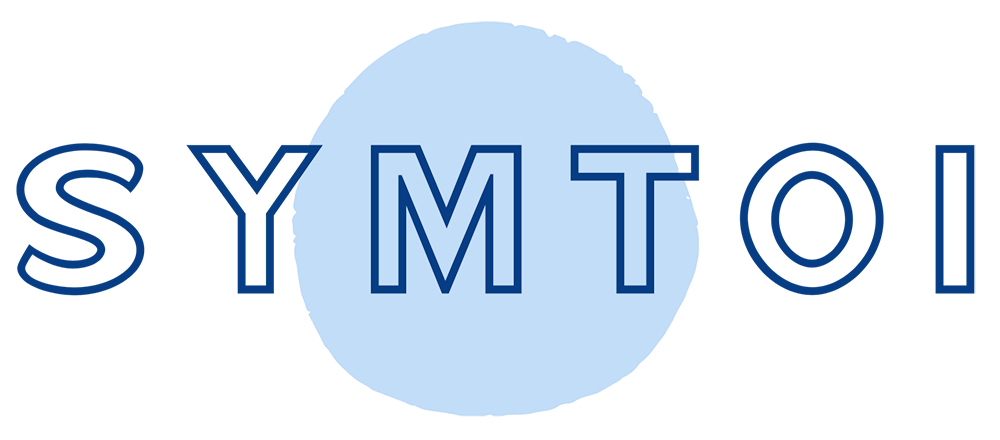Product management is the process of overseeing the entire lifecycle of a product, from ideation to development to launch and beyond. It involves identifying market needs, defining product features and requirements, working with cross-functional teams, and prioritising tasks to ensure that the product meets business goals and user needs.
Some examples of what is covered is highlighted below

Javelin Board
A Javelin Board is a tool used in agile software development to track the progress of tasks during a sprint or iteration. It is a physical board that displays tasks as cards or sticky notes, organised into columns representing the stages of the workflow (e.g., to-do, in progress, done).
Team members can quickly see the status of each task, what needs to be done, and who is responsible for it.

Hook Model
The Hook Model is a framework designed to help businesses create products that are habit-forming for users. The model consists of four stages: trigger, action, reward, and investment. The trigger serves as a cue to initiate the desired action, which is followed by the reward.
The investment stage is where users become more invested in the product, making it harder for them to switch to a competitor. By implementing the Hook Model, companies can create products that provide a more engaging and immersive experience for their users, leading to increased usage and loyalty.

Assumption Mapping
Assumption mapping is basically a way to dig deeper into your assumptions, and figure out if they’re actually true or not. You know how sometimes we just assume things without really thinking about it? Like, “Oh, of course that’s true, everyone knows that!” But the truth is, sometimes our assumptions are totally off base, and that can cause big problems.
So, with assumption mapping, you write down all your assumptions on a big piece of paper, and then you try to figure out which ones are really true, and which ones are just things you’re assuming.

Product Roadmap
A product roadmap is a high-level strategic document that outlines the direction and vision for a product over time. It is a visual representation of the steps required to achieve product goals, including key milestones, timelines, and dependencies.
The roadmap provides stakeholders with a shared understanding of what the product team aims to achieve and how it plans to get there. It can be used as a communication tool to align teams and set expectations. A well-designed product roadmap can help teams stay focused, prioritise work, and make informed decisions.
